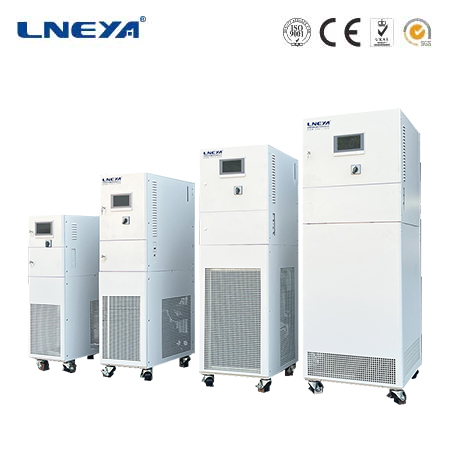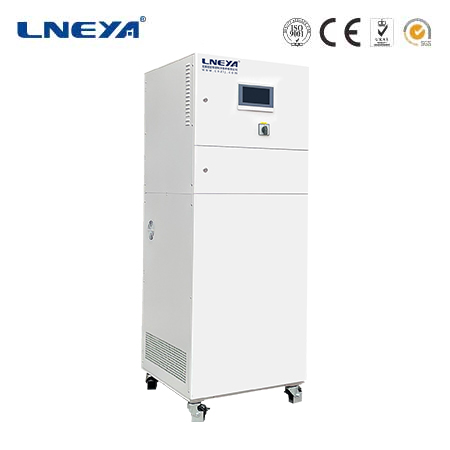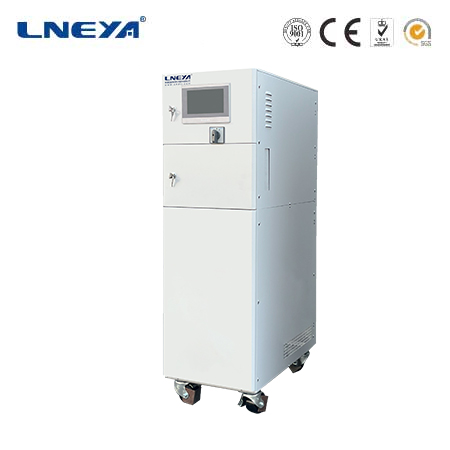difference between air cooled chiller and water cooled chiller
Differences between Air Cooled Chiller and Water Cooled Chiller
Cooling Method

Air Cooled Chiller: It dissipates heat through air. Fans are used to blow air over the condenser, enabling the heat in the refrigerant to be transferred to the air and then discharged outdoors by natural convection or fans. The condenser is usually an air-cooled finned tube type.
Water Cooled Chiller: It relies on water for heat dissipation. The condenser is commonly a shell and tube type. Cooling water from a cooling tower or other water sources flows through the condenser to carry out heat exchange with the refrigerant, absorbing the heat from the refrigerant.
Installation and Maintenance
Air Cooled Chiller: The installation is simple as it doesn’t need auxiliary equipment like cooling towers and water pumps, thus occupying less space. Maintenance mainly involves checking and cleaning fans and air filters.

Water Cooled Chiller: The installation is complex as it requires the assembly of a cooling tower, water pump, and piping system, which takes up more space. Maintenance is more complicated, including regular cleaning of the cooling tower and pipes to prevent scaling and the growth of biological sludge.
Performance and Efficiency
Air Cooled Chiller: Its heat dissipation efficiency is affected by high ambient temperatures, which may lead to a decrease in performance. It is suitable for small to medium-sized cooling requirements in well-ventilated environments.
Water Cooled Chiller: It has better heat dissipation and stable performance. It can maintain high efficiency even in high-temperature environments, making it suitable for large-scale cooling demands and applications that require long-term stable operation.
Cost

Air Cooled Chiller: The initial cost is relatively low as it doesn’t require additional cooling tower systems. However, due to its reliance on fans for heat dissipation, the power consumption is relatively high, resulting in higher operating costs.
Water Cooled Chiller: It has a relatively high initial cost as it needs investment in cooling towers and related piping systems. But due to the large specific heat capacity of water, it has high cooling efficiency and lower power consumption, resulting in relatively lower operating costs. Nevertheless, the costs of water treatment and cooling tower maintenance are high.
Capacity
Air Cooled Chiller: Usually available in sizes ranging from 7.5 to 500 tons.
Water Cooled Chiller: Can offer a higher cooling capacity, typically ranging from 10 to 4,000 tons.
Environmental Adaptability
Air Cooled Chiller: Ideal for areas with poor water supply and good ventilation. It’s more affected by high temperatures and performs poorly in such conditions.
Water Cooled Chiller: Suited for high-temperature environments but requires a stable water supply.
Related recommendations
constant temp water bath
242Constant Temperature Water Bath: Principles, Mechanisms, and ApplicationsIn the realm of scientific research, industrial processes, and various experimental setups, maintaining a stable temperatu...
View detailsWhat are the steps for stopping a small water chiller?
1129What are the steps for stopping a small water chiller? Stop the small chiller and enter normal shutdown, emergency shutdown, automatic shutdown, and long-term shutdown stop modes. ...
View detailsflow through chiller
191A flow through chiller, also known as a recirculating flow chiller, is a dynamic cooling system designed to continuously circulate a chilled fluid through a connected piece of equipment, absorbing...
View detailswater bath equipment
480Water Bath Equipment: Precision Temperature Control for Diverse Applications Water bath equipment plays a crucial role in scientific and industrial processes that require maintaining a constant...
View details
 LNEYA Thermal Test Chillers
LNEYA Thermal Test Chillers






HelloPlease log in